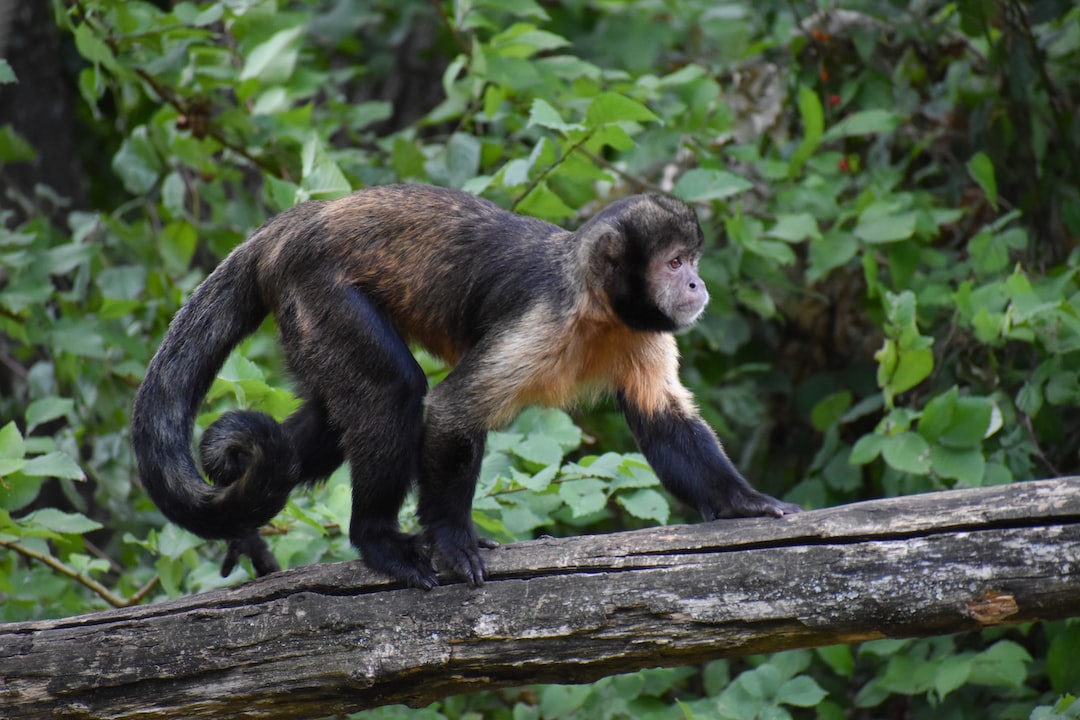The forest is a mysterious and fascinating place, filled with a variety of animal species that exhibit behavior ranging from playful to territorial. These animals, like humans, have developed unique survival tactics and social structures that enable them to thrive in their environments. Understanding the behavior of forest animals can help us gain a deeper appreciation for their lives and the complex ecosystems in which they reside.
One of the most intriguing behaviors of forest animals is their communication. Many animals use a variety of vocalizations to communicate with each other, from the haunting hoots of owls to the playful chirps of squirrels. Wolves, experts at communicating, have a complex system of vocalizations, body postures, and facial expressions that allow them to convey a range of messages to their pack members. For instance, the alpha male often uses a low growl to assert his dominance over the pack, while a high-pitched howl is used to call the pack together for hunting or defense.
Another fascinating behavior exhibited by forest animals is their ability to adapt to changing environmental conditions. Animals like bears, which have been known to hibernate for months at a time, have developed physiological adaptations that allow them to survive harsh winters. They store large amounts of fat during the fall season and slow their heart rates and metabolism during hibernation, allowing them to conserve energy and survive on their stored fat until spring arrives.
Some forest animals exhibit highly competitive behavior when it comes to securing territory and resources. For example, male deer engage in intense battles during the mating season, using their antlers as weapons to assert dominance and secure mates. Similarly, birds are known to fiercely defend their nesting sites, engaging in chases and aerial battles with intruders who venture too close.
Perhaps one of the most intriguing behaviors of forest animals, however, is their ability to form social bonds and exhibit empathy towards one another. Elephants, highly social animals, form strong family groups led by a matriarch who guides and protects her offspring. They are known to display mourning behavior when a member of their group dies, often staying with the body for hours or even days. Similarly, chimpanzees, our closest living relatives, form complex social structures that involve cooperation, conflict resolution, and even reconciliation after disputes.
In conclusion, the behavior of forest animals is complex, fascinating, and sometimes even surprising. Understanding their behavior can help us better appreciate the diversity of life in our forests and the important role that each species plays in maintaining the delicate balance of these ecosystems. As we continue to study and learn about the behavior of forest animals, we can gain a deeper understanding of our own place in the natural world and the complex interconnections that bind us all together.
